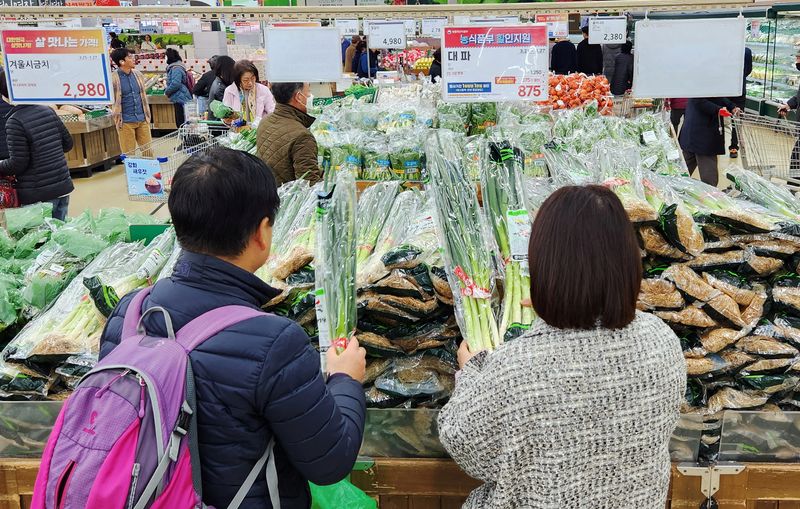The South Korean economy is showing signs of recovery after experiencing a mild contraction in the second quarter, likely returning to growth in the third quarter of this year. According to a Reuters poll of economists, the country’s economy is projected to have grown by 0.5% in the July-September period, following a 0.2% contraction in the previous quarter. This optimistic outlook comes despite domestic demand pressures due to high borrowing costs. The annual growth rate is expected to be approximately 2.0%, slightly down from the 2.3% reported in the preceding quarter. Analysts are cautious, suggesting that while exports remain strong, lackluster domestic demand could hinder overall economic momentum.
Exports have played a crucial role in stabilizing South Korea’s economy. The demand for semiconductors, particularly from the United States, has significantly bolstered monthly export figures, which have increased by about 10% on average through September. This robust export performance has helped the economy avoid a technical recession, typically defined as two consecutive quarters of negative growth. However, there are signs that the pace of export growth may be slowing, particularly in light of reduced trade relations with key partners like China, which is South Korea’s largest trading partner, as well as Japan and India. This moderation in exports raises questions about the sustainability of the current economic recovery.
The economic landscape is further complicated by high borrowing costs, which are dampening domestic consumption. South Korea has one of the highest levels of household debt among developed nations, and the elevated interest rates are exacerbating financial strain on consumers. In response to this worrying trend, the Bank of Korea (BOK) recently cut its policy rate by 25 basis points, moving from a 15-year high of 3.50%. Despite this cut, economists believe that significant changes in monetary policy are unlikely in the near term, with expectations that the BOK will remain steady for the rest of the year and may only consider further rate cuts in the following year.
While the Bank of Korea has acted to ease monetary pressure, many analysts suggest that any immediate follow-up rate cuts might be delayed due to ongoing concerns regarding the housing market, which remains fragile. Suktae Oh, the chief Korea economist at Societe Generale, notes that a modest rebound in GDP growth may not be sufficient to warrant another cut in November. Instead, the BOK is expected to maintain a cautious approach, focusing on managing potential risks in both the housing and broader financial markets.
As South Korea navigates through these economic challenges, it is also affected by the uneven recovery of its neighbor, China, and slowing demand from the United States. Predictions for South Korea’s overall economic growth this year are averaging around 2.4%, which aligns closely with the central bank’s revised forecasts. This cautious outlook reflects the complexities of a global landscape marked by shifting trade dynamics and domestic financial pressures. In summary, while some signs of growth are emerging, many hurdles remain that could impact the sustainability of this recovery, making future economic forecasts particularly challenging.
In conclusion, South Korea’s economic trajectory remains guardedly optimistic, influenced heavily by export performance and consumer behavior shaped by high debt levels and recent interest rate changes. With the central bank closely monitoring these developments, the interplay between domestic and external economic factors will be critical in determining the overall health of the economy as it moves forward. As global economic conditions fluctuate, South Korea’s ability to adapt and respond to these challenges will be pivotal in shaping its economic future in the coming quarters.

